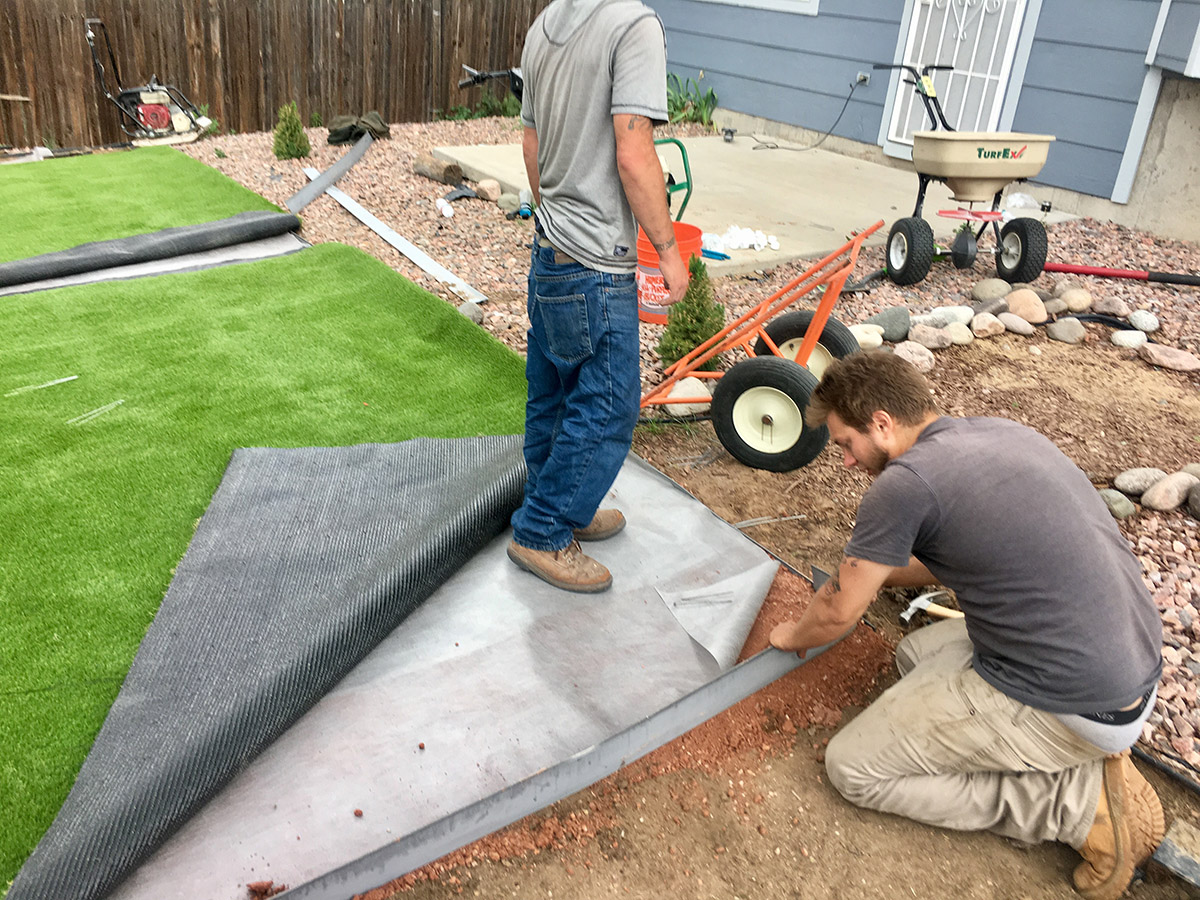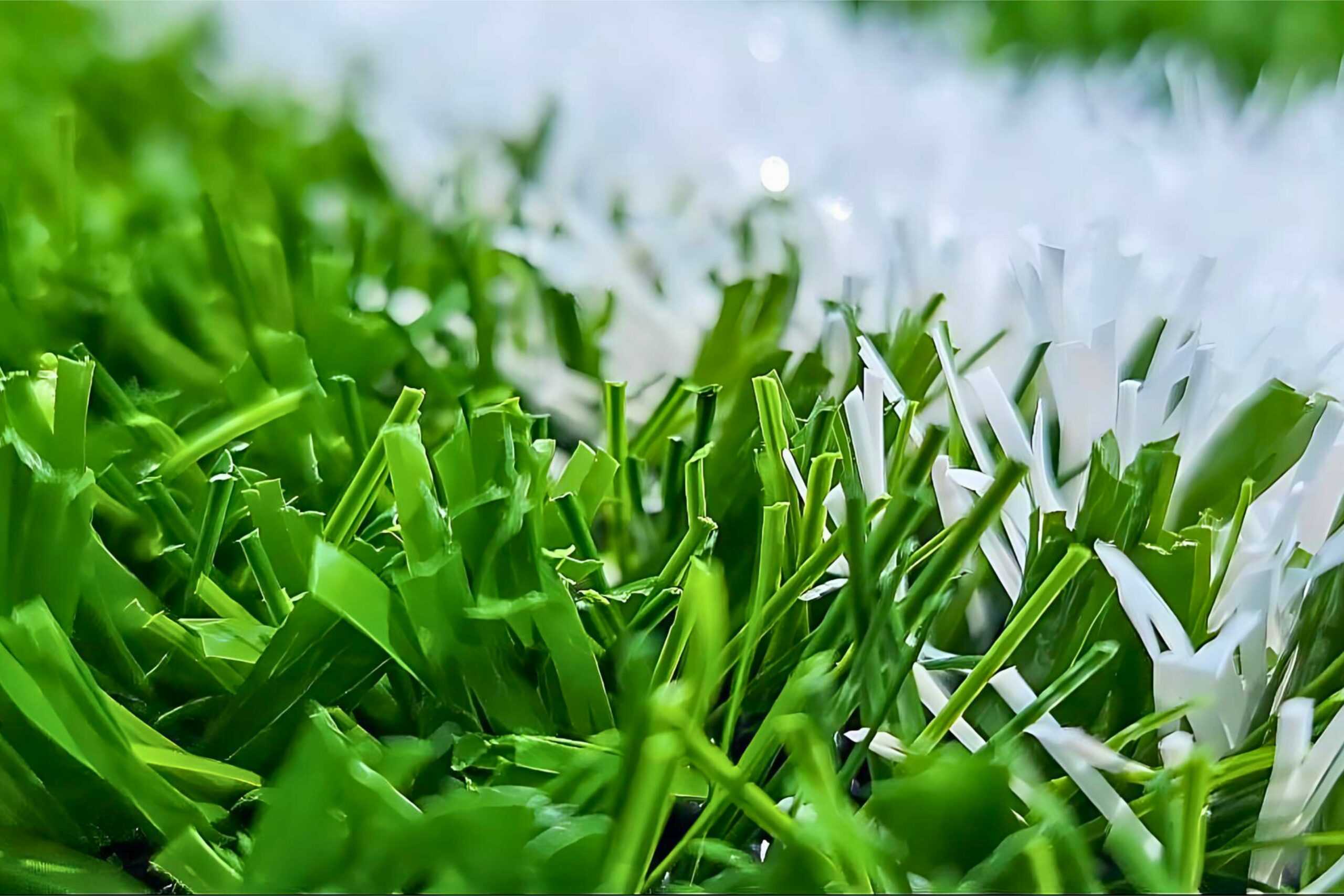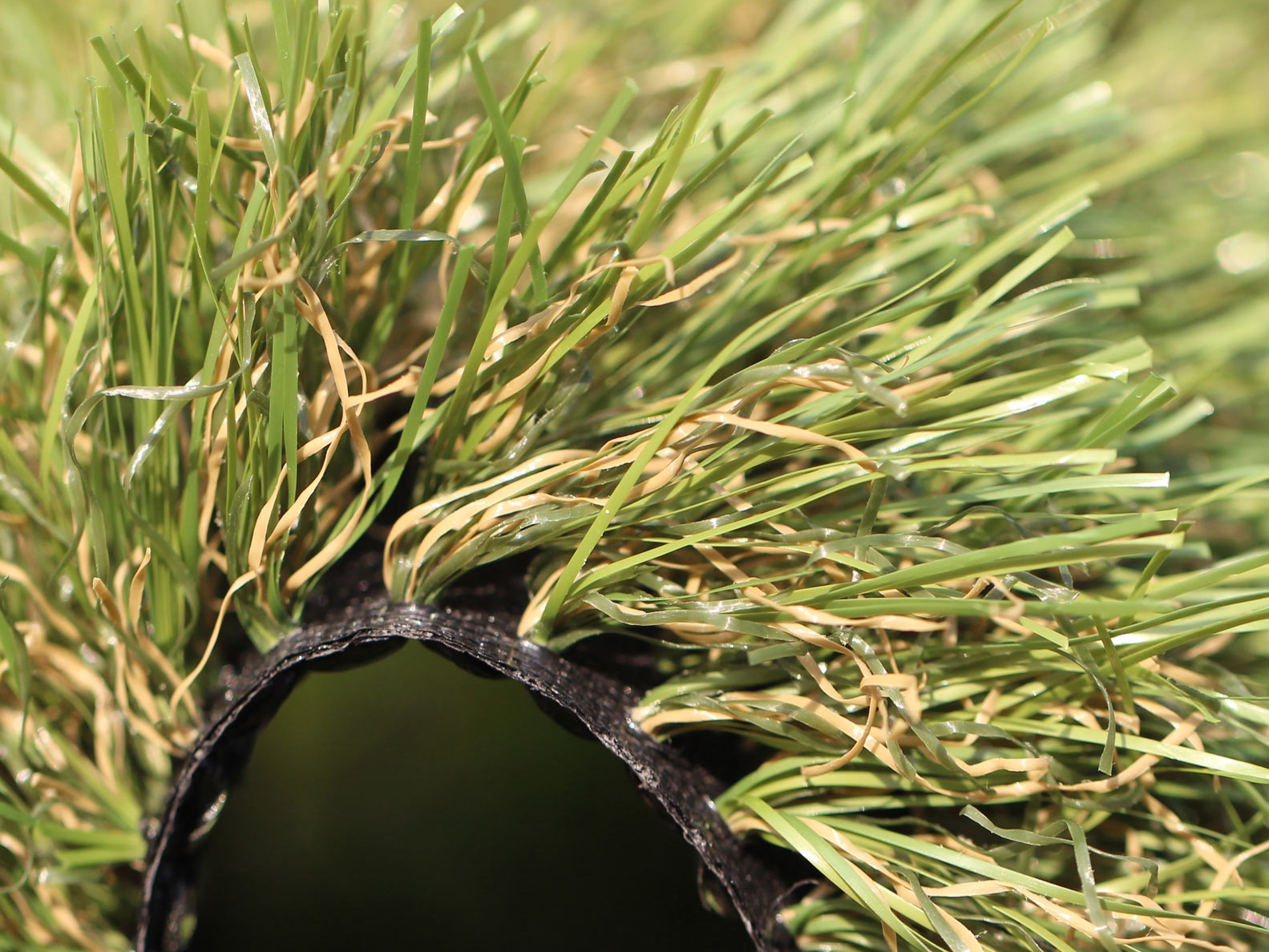Luxury Arizona Turf Installation Solutions for Residences and Businesses
Luxury Arizona Turf Installation Solutions for Residences and Businesses
Blog Article
Delve Into the Environmental Advantages of Opting for Synthetic Grass Solutions
The fostering of man-made turf solutions presents an engaging opportunity to attend to pushing ecological challenges. By substantially reducing water use and decreasing the application of damaging chemicals, these alternatives not only promote sustainable landscape design yet also protect neighborhood ecological communities.
Water Preservation Conveniences
Among the most considerable advantages of synthetic grass is its capacity to preserve water. Conventional grass yards need considerable watering, particularly in locations prone to drought or water restrictions. On the other hand, synthetic lawn does not require watering, substantially minimizing the total demand for water resources. This feature is specifically helpful in dry regions where water shortage is a pressing concern.
By getting rid of the demand for normal watering, synthetic grass adds to lasting landscape methods and assists mitigate the ecological influence of excessive water intake. In addition, the preservation of water encompasses the decrease of overflow, which can cause dirt disintegration and river air pollution.
In addition, the installation of synthetic grass enables house owners and towns to assign water resources more effectively, concentrating on important usages such as alcohol consumption water and farming. The change in the direction of synthetic grass not only promotes accountable water usage yet additionally lines up with broader environmental objectives aimed at protecting all-natural resources.
As communities increasingly focus on sustainability, the water conservation benefits of man-made grass present a compelling case for its adoption in household and business landscaping tasks.
Lowered Chemical Use
The transition to synthetic lawn considerably decreases the reliance on chemical therapies generally utilized in all-natural yard maintenance. Conventional turf monitoring commonly involves the application of fertilizers, herbicides, and chemicals to advertise development and control bugs. These chemicals can pose dangers to human health and wellness, local wildlife, and the setting, contributing to dirt and water contamination.
In comparison, synthetic grass eliminates the demand for these harmful substances. When mounted, it requires minimal upkeep, primarily being composed of routine cleansing and seldom infill replenishment. This decrease in chemical use not only benefits the immediate setting however also adds to broader ecological stability. By minimizing the launch of artificial substances right into the ecological community, synthetic grass advertises healthier soil and water systems.
Furthermore, the absence of chemical overflow connected with synthetic grass setups helps protect local rivers from pollution, supporting marine life and preserving biodiversity. Turf installation phoenix az. As communities significantly prioritize sustainable practices, choosing for fabricated grass provides a viable service that straightens with environmental conservation objectives. Via this shift, homeowner can appreciate lavish eco-friendly rooms without endangering ecological health and wellness, leading the way for a more sustainable future
Lower Carbon Footprint

Additionally, the installment go of artificial lawn can cause significant water conservation. Natural yards need substantial amounts of water for irrigation, which not only contributes to the carbon footprint connected with water removal and treatment yet likewise pressures neighborhood water sources. On the other hand, synthetic grass requires very little upkeep, requiring no watering, therefore substantially minimizing water usage and its linked power costs.
Furthermore, the durability of synthetic grass adds to its lower carbon influence. With a life-span of up to 15 years or more, the need for constant substitutes is lessened, causing less waste and lower power usage in manufacturing and disposing of standard lawn choices. On the whole, synthetic grass provides a sustainable alternative for eco conscious landscape design.
Environment Conservation
Habitat preservation is an essential consideration in the dispute over landscape design selections, especially when comparing synthetic lawn to natural turf. Natural yard lawns frequently require substantial maintenance, consisting of making use of pesticides, herbicides, and fertilizers, which can negatively affect neighborhood environments. These chemicals can seep right into the dirt and rivers, harming native vegetation and animals and disrupting regional habitats.
On the other hand, man-made grass provides a chance to lower the environmental impact of landscape design. By selecting artificial turf, house owners can decrease the interruption of all-natural environments related to traditional grass treatment techniques. Synthetic grass gets rid of the need for unsafe chemicals, therefore protecting close-by wildlife and keeping the stability of bordering ecosystems. The installation of artificial lawn can lead to the conversion of previous grass locations into even more biodiverse landscapes, such as pollinator yards or native plant areas, which can support neighborhood wildlife.
Ultimately, the transition to synthetic grass not only conserves water and lowers upkeep efforts however likewise fosters an extra harmonious relationship between human tasks and the native environment, promoting environment conservation in the process.
Long-Term Sustainability
Long-term sustainability is a critical variable in assessing the advantages of fabricated turf over typical turf yards. One of one of the most substantial advantages of synthetic grass is its resilience; it can last up to 15-20 years with minimal maintenance, whereas all-natural grass requires regular reseeding and substitute. This durability lowers the need for continuous resources, such as water, fertilizers, and chemicals, which go to this website are crucial for maintaining a healthy find out and balanced yard lawn.
Additionally, synthetic grass adds to a reduction in carbon discharges related to yard treatment tools. Standard grass usually require gas-powered mowers, leaners, and blowers, all of which add to air contamination. Arizona artificial turf. In comparison, synthetic grass removes the need for such equipment, promoting a cleaner atmosphere
In addition, the production of synthetic turf increasingly makes use of recycled products, improving its sustainability profile. As suppliers adopt environment-friendly methods, the environmental impact of fabricated grass remains to lessen.

Final Thought
The adoption of man-made lawn options provides considerable environmental advantages, consisting of considerable water conservation, minimized dependence on hazardous chemicals, and a reduced carbon impact. In addition, synthetic turf help in maintaining all-natural environments by decreasing land disturbance and promoting long-lasting sustainability through using durable materials. Jointly, these factors underscore the capacity of synthetic grass to add favorably to ecological health and supply a viable alternative to conventional landscape design practices in a significantly resource-conscious world.
In comparison, man-made lawn does not need watering, considerably reducing the general need for water resources. By decreasing the release of artificial substances right into the ecosystem, fabricated lawn advertises much healthier soil and water systems.
In addition, the installation of artificial lawn can result in considerable water conservation. In contrast, man-made grass requires marginal upkeep, needing no watering, therefore substantially reducing water usage and its linked power expenses.

Report this page